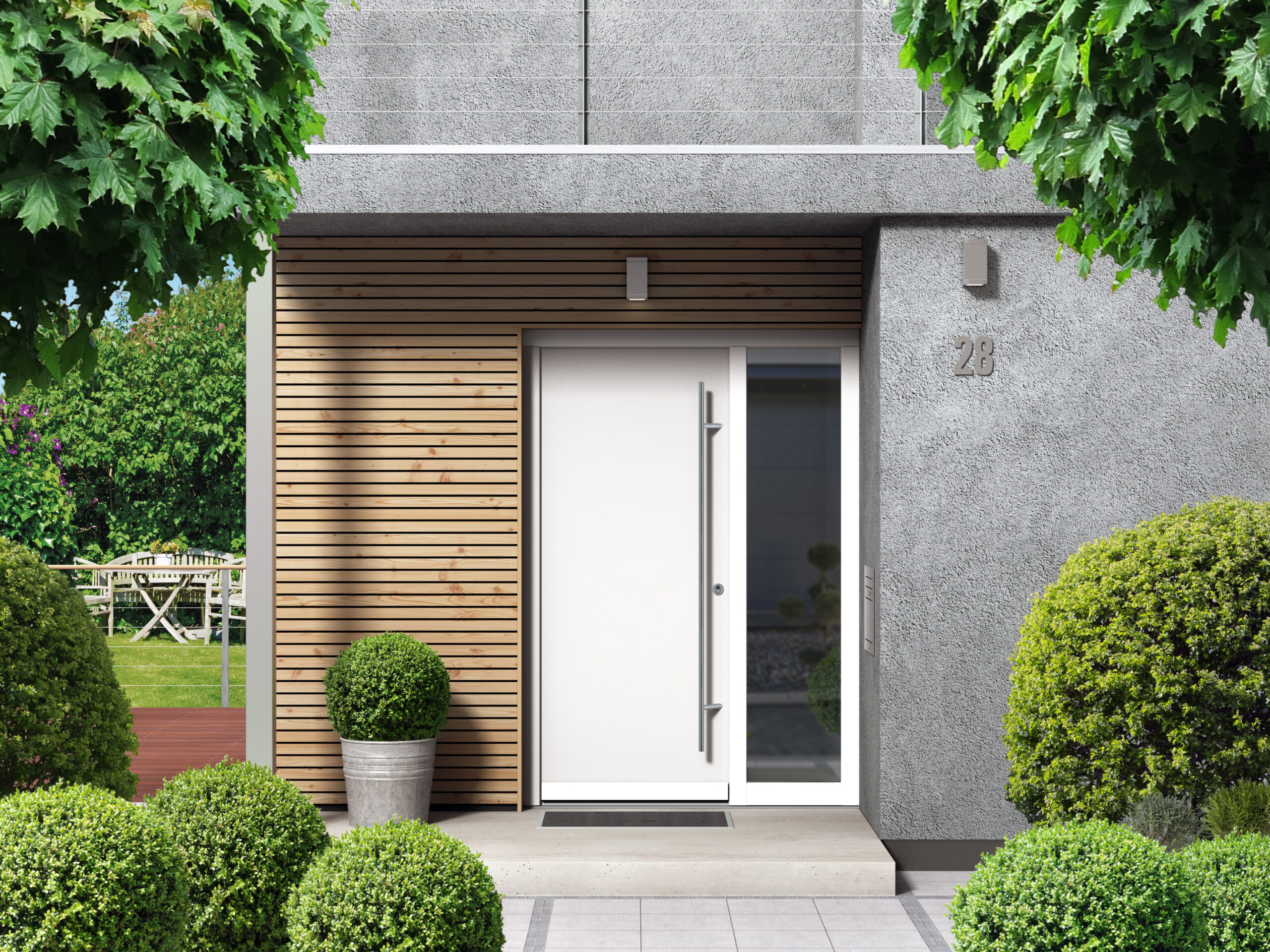Central Heating Filling Loop
You might have heard about a boiler filling loop before and wondered, what is it?
A boiler filling loop is an essential component in modern heating systems, allowing for the correct management and maintenance of a boiler’s water pressure. It plays a key role in ensuring that a boiler operates efficiently and safely.
Without a properly functioning filling loop, boilers can experience significant issues, including low pressure, which can prevent them from working altogether.
In this guide, we will explain everything you need to know about boiler filling loops, including their purpose, how they work, how to install them, and how to maintain the correct pressure in your heating system.
You can see a full boiler filling loop guide here if you want to learn even more about them and other component of your boiler.
Whether you’re a homeowner looking to understand your heating system or a professional in need of more detailed information, this guide has you covered.

What Is the Purpose of a Boiler Filling Loop?
The primary purpose of a boiler filling loop is to enable the user to manually fill or top up the boiler’s water pressure when it falls below the manufacturer’s recommended level.
Most boilers are sealed systems, meaning they operate under a set pressure to function correctly. If the pressure drops too low, it can cause the boiler to shut down, leaving your home without heat or hot water.
Key Functions of a Boiler Filling Loop
- Maintaining Pressure: The loop ensures the boiler operates within the required pressure range (typically 1.0 to 1.5 bar).
- Repressurising the System: It allows users to refill the system with water if pressure drops due to leaks or air trapped in the system.
- Temporary Component: The filling loop is used only when necessary and can be disconnected or closed off when not in use.
How Does a Boiler Filling Loop Work?
The filling loop is a short piece of pipe, often flexible, that connects your boiler to the mains water supply. It features one or two valves that allow the homeowner or heating engineer to control the flow of water into the system.
When the water pressure inside the boiler drops, the filling loop can be opened to introduce more water, restoring the pressure to the required level.
Step-by-Step Process for Using a Boiler Filling Loop
- Locate the Filling Loop: The filling loop is usually located near the bottom of the boiler and is connected to the cold mains water supply.
- Turn Off the Boiler: It’s always recommended to turn off the boiler and allow it to cool before adjusting the pressure.
- Open the Valves: Turn the filling loop valve(s) to open the flow of water into the system.
- Monitor the Pressure Gauge: Keep a close eye on the boiler’s pressure gauge as you allow water to enter. Stop once the pressure reaches between 1.0 and 1.5 bar.
- Close the Valves: Once the correct pressure is reached, close the valves to prevent over-pressurisation.
- Turn the Boiler Back On: After repressurising, you can turn your boiler back on and resume normal operation.
Types of Boiler Filling Loops
There are two main types of boiler filling loops: external and built-in. Both serve the same purpose but differ slightly in their installation and usage.
External Filling Loops
External filling loops are more common in older systems or boilers that don’t have an integrated filling mechanism. These loops are usually attached via a flexible pipe and need to be manually connected and disconnected when refilling the system.
Advantages:
- Easy to replace if faulty
- Typically more visible and accessible for the user
Disadvantages:
- Can be more prone to leaks if not properly secured
- Requires manual connection
Built-In Filling Loops
Many modern combi boilers come with built-in filling loops that simplify the process of repressurising the system. These loops are integrated into the boiler unit, which means there’s no need to attach an external pipe.
Advantages:
- More streamlined and convenient
- Less chance of leaks or incorrect connections
Disadvantages:
- More expensive to repair if it malfunctions
- Can be trickier to locate if unfamiliar with the boiler model
Common Issues with Boiler Filling Loops
Although boiler filling loops are designed to be simple and efficient, they can encounter issues over time. Understanding these problems can help you maintain your system and avoid unnecessary repairs.
Leaking Filling Loop
A common issue is a leak from the filling loop, often due to loose connections or worn-out valves. Regular maintenance can prevent these problems, but if a leak occurs, it’s essential to address it quickly to avoid water damage and pressure loss in the system.
Over-Pressurising the Boiler
It’s important to be cautious when refilling the system. Over-pressurising a boiler can lead to significant damage, including bursting pipes or malfunctioning components. Always monitor the pressure gauge closely and never exceed the manufacturer’s recommended pressure.
Stuck Valves
Over time, the valves on the filling loop can become stiff or stuck due to limescale build-up or corrosion. If the valves are difficult to open or close, they may need to be replaced to ensure proper functioning.
How to Maintain the Correct Boiler Pressure
Maintaining the correct boiler pressure is vital for ensuring the longevity and efficiency of your heating system. Regular checks and adjustments can prevent common problems associated with low or high pressure.
Regular Pressure Checks
It’s good practice to check the boiler’s pressure gauge regularly, especially during cold months when the heating system is working harder. If the pressure drops frequently, it may indicate a more serious issue such as a leak or a faulty expansion vessel.
Bleeding Radiators
If air gets trapped in your radiators, it can reduce the system’s overall efficiency and lower the pressure. Bleeding the radiators can release this air and restore normal pressure levels.
Annual Boiler Service
A professional service once a year can ensure your boiler is running efficiently and safely. During the service, an engineer will inspect the filling loop and other key components to ensure there are no issues affecting the boiler’s pressure or performance.
How to Install or Replace a Boiler Filling Loop
If you need to install or replace a boiler filling loop, it’s a relatively straightforward process but should be done carefully to avoid any issues with water leaks or pressure irregularities. Here is a basic outline of the installation process:
Turn Off the Boiler and Water Supply
Always start by switching off the boiler and shutting off the water supply to avoid water damage.
Attach the Filling Loop
If you’re installing an external filling loop, attach the flexible hose to the two valves – one connected to the boiler and the other to the mains water supply.
Secure the Connections
Ensure that all connections are securely tightened to prevent leaks. Use a wrench if necessary but avoid over-tightening, which could damage the valves.
Test the Pressure
Once the filling loop is attached, open the valves and let the water flow into the system. Monitor the pressure gauge and close the valves when the desired pressure is reached.
Final Checks
After installation, double-check for leaks and ensure the boiler is working correctly before turning it back on.
Filling Loop on Boiler – Final Verdict
Now that you’ve come to the end of our guide, we hope you’ve learnt more about what a boiler filling loop is and what it does.
A boiler filling loop is a vital component that ensures your boiler operates at optimal pressure, providing reliable heating and hot water.
Whether built-in or external, understanding how to use, maintain, and troubleshoot a filling loop is essential for keeping your heating system running smoothly.
Regular pressure checks, timely maintenance, and knowing when to call a professional can save you from more serious boiler issues in the future.







Leave a Reply